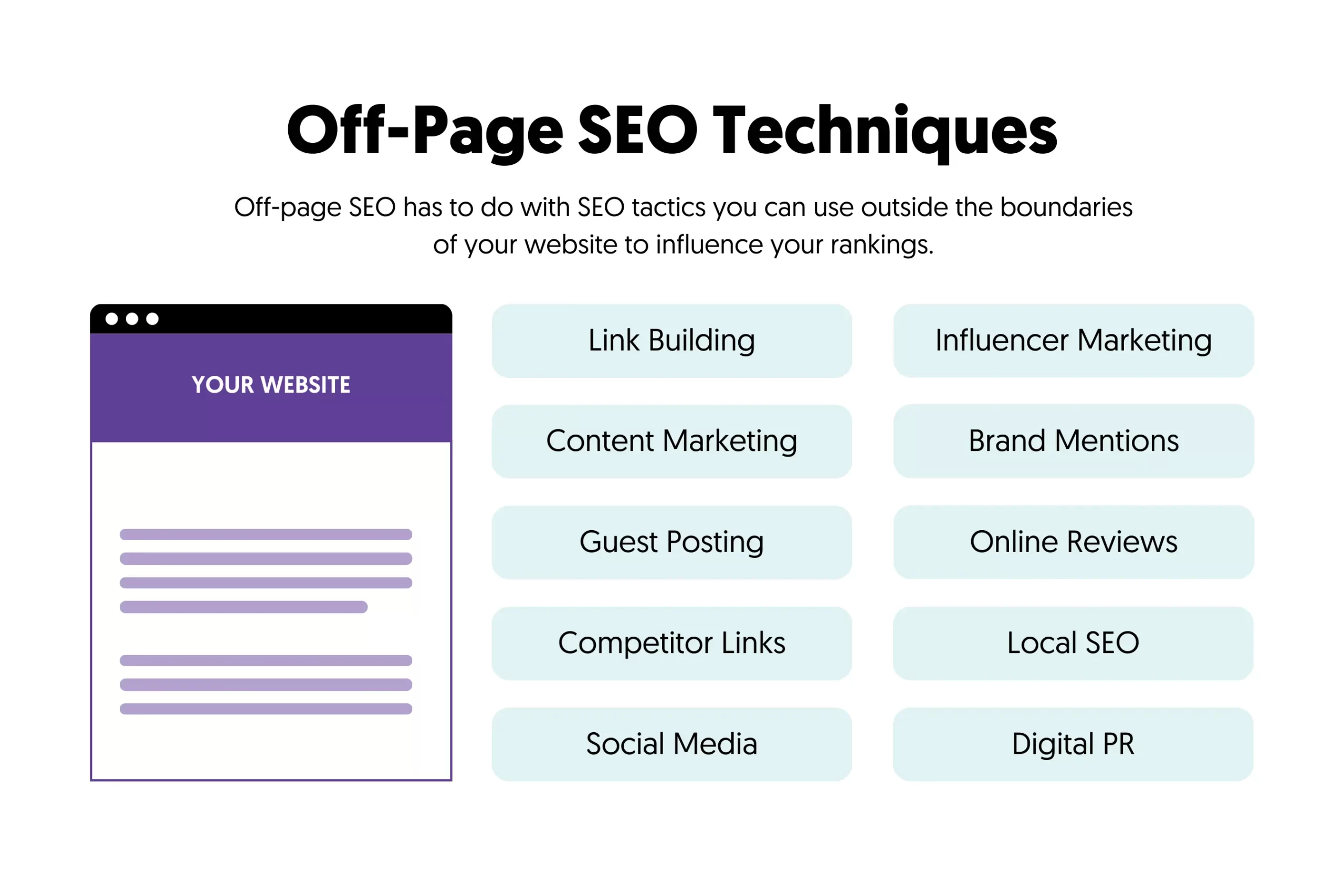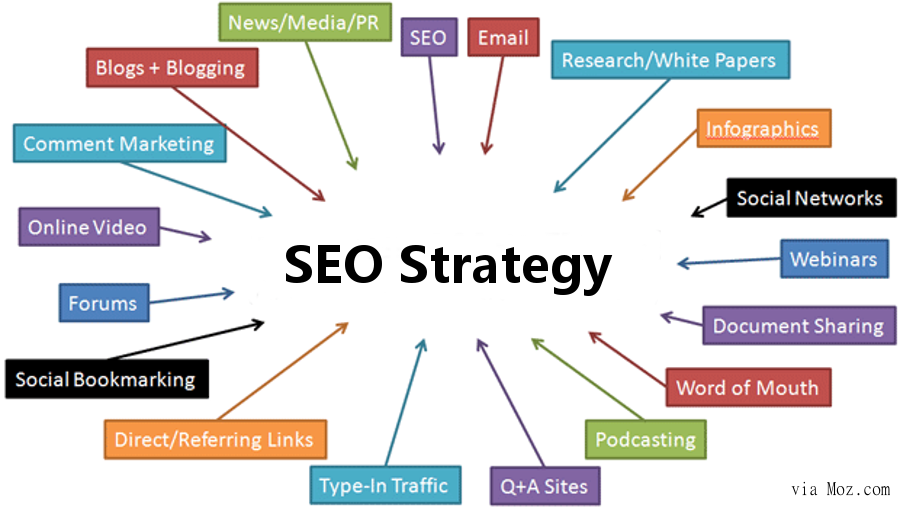Debunking What Is Not Considered a Default Medium in Google Analytics
Debunking What Is Not Considered a Default Medium in Google Analytics
Blog Article
Introducing the Unconventional Mediums in Google Analytics Beyond Default Settings
In the world of electronic analytics, Google Analytics stands as a cornerstone for companies looking for to understand their online existence. While default setups offer important understandings, real deepness of understanding depend on checking out the unusual mediums that commonly go undetected. By venturing past the surface and delving into the ins and outs of social media data, email campaign efficiency, reference web traffic resources, straight traffic patterns, and customized network collections, a gold mine of details waits for those willing to embrace a more nuanced method. Nevertheless, what exists underneath these unusual tools might simply redefine just how organizations regard and plan their on-line campaigns.

Leveraging Social Media Insights
Periodically neglected, yet tremendously valuable, is the method of leveraging social media understandings within the world of Google Analytics. By incorporating information from platforms like Facebook, Twitter, Instagram, and LinkedIn right into Google Analytics, businesses can gain a deeper understanding of their audience and the performance of their social networks projects.
Through this integration, marketers can track and examine user habits on their internet site that stems from social media platforms. They can recognize which social media sites channels are driving the most traffic, which material is reverberating with the target market, and which projects are transforming the most leads. This insight permits data-driven decisions to enhance social media sites approaches and improve overall marketing performance.
Moreover, by integrating social media sites understandings with Google Analytics, organizations can create more targeted and personalized campaigns - what is not considered a default medium in google analytics. They can use demographic information, interests, and online behaviors gathered from social media to refine their target market division and supply customized messages that reverberate with certain client groups. This targeted method can result in higher engagement, increased conversions, and inevitably, boosted roi
Revealing Email Campaign Performance
Uncovering Email Campaign Efficiency involves evaluating vital metrics and performance signs to evaluate the effectiveness of e-mail advertising and marketing efforts. When delving right into e-mail campaign performance, it is critical to assess metrics such as open rates, click-through prices, conversion prices, and unsubscribe prices. By evaluating these metrics, marketing professionals can adjust their email campaigns for much better interaction and efficiency.
Studying Referral Traffic Sources
After examining the efficiency of e-mail projects through key metrics such as open prices and conversion rates, the following crucial step is examining recommendation traffic resources in Google Analytics to comprehend where web site site visitors are coming from and how they engage with the website. Referral traffic sources describe the sites that direct customers to your site with clickable links. By diving into this data, companies can gain insights right into which outside platforms are driving traffic to their site, whether it be social media sites platforms, companion internet sites, or on the internet directory sites.
It aids companies recognize high-performing referral sources that add considerably to internet site traffic and conversions. Google Analytics uses detailed reports on reference traffic, enabling organizations to track the performance of each recommendation resource accurately and make data-driven decisions get more to boost their online existence.
Discovering Straight Traffic Patterns
Exploring the direct web traffic patterns in Google Analytics supplies useful understandings right into customer behavior and the effectiveness of campaigns - what is not considered a default medium in google analytics. Direct traffic refers to visitors who arrive at a web site by straight inputting the link into their web browser, utilizing book markings, or clicking on untagged links. Comprehending direct traffic patterns can help marketing professionals examine the effect of offline advertising efforts, brand recognition, and the performance of word-of-mouth references
By diving into direct traffic data, businesses can reveal critical details regarding individual intent and brand commitment. Assessing the actions of direct visitors, such as the web pages they check out, the time invested in website, and the conversion price, can offer a deeper understanding of customer interaction and the general effectiveness of the internet site in transforming visitors right into consumers.
Additionally, tracking straight traffic patterns with time permits services to identify fads, seasonality impacts, and the success of specific projects or promotions in driving straight sees. This info can after that be utilized to refine advertising and marketing techniques, maximize web site content, and boost the overall customer experience to make best use of conversions.
Using Custom Network Groupings
Utilizing custom-made network collections in Google Analytics permits companies to classify and evaluate their internet site traffic based upon specific requirements, giving important understandings for optimizing advertising approaches. Customized network groupings allow firms to develop their own personalized groups of traffic sources, such as social media sites, organic search, email projects, and reference traffic. By defining these collections, organizations can gain a deeper understanding of exactly how various advertising and marketing channels contribute to their site web traffic and conversions.
This attribute is particularly useful for companies with varied advertising and marketing approaches throughout various platforms. A company running both paid and organic social media campaigns can distinguish between the two to evaluate their private performance precisely. Furthermore, custom-made channel collections can assist identify any neglected or ignored traffic sources that may be driving beneficial involvement.
Verdict

By venturing past the surface and diving right into the intricacies of social media information, e-mail campaign performance, reference traffic sources, straight website traffic patterns, and custom channel groups, a treasure trove of info waits for those willing to embrace a much more nuanced strategy. They can identify which social media channels are driving the most traffic, which material is reverberating with the target market, and which projects are converting the most leads.After assessing the performance of e-mail projects via key metrics such as open rates and conversion rates, the next vital action is analyzing referral web traffic sources in Google Analytics to comprehend where web site site visitors are coming from and just how they connect with the website. Custom channel groupings enable companies to produce their own personalized collections of web traffic sources, such as social media, organic Get More Information search, email campaigns, learn this here now and referral traffic. By leveraging social media insights, uncovering email project efficiency, assessing reference website traffic resources, checking out direct web traffic patterns, and utilizing customized channel groups, marketers can obtain beneficial understandings into their online presence.
Report this page